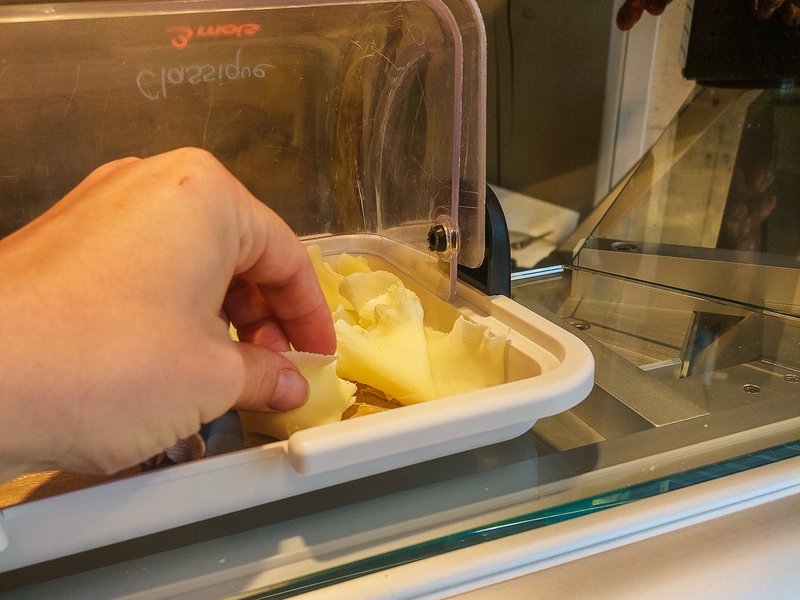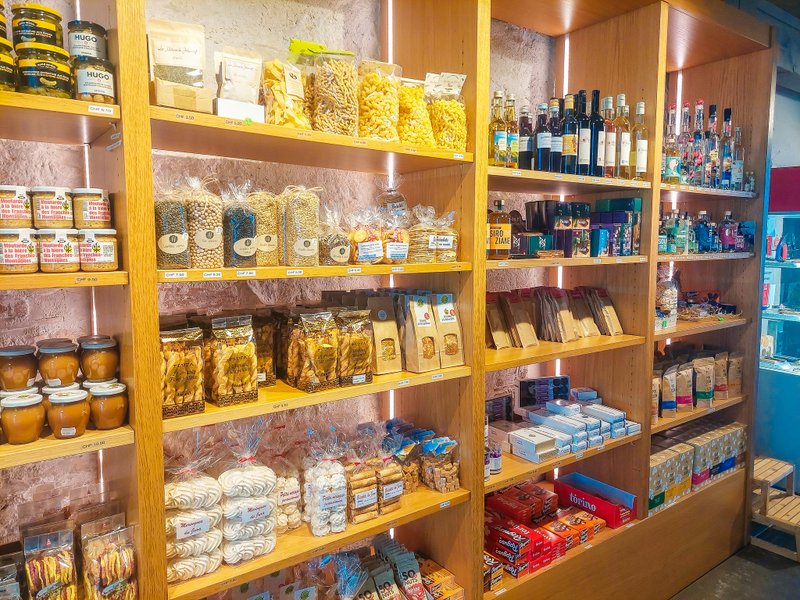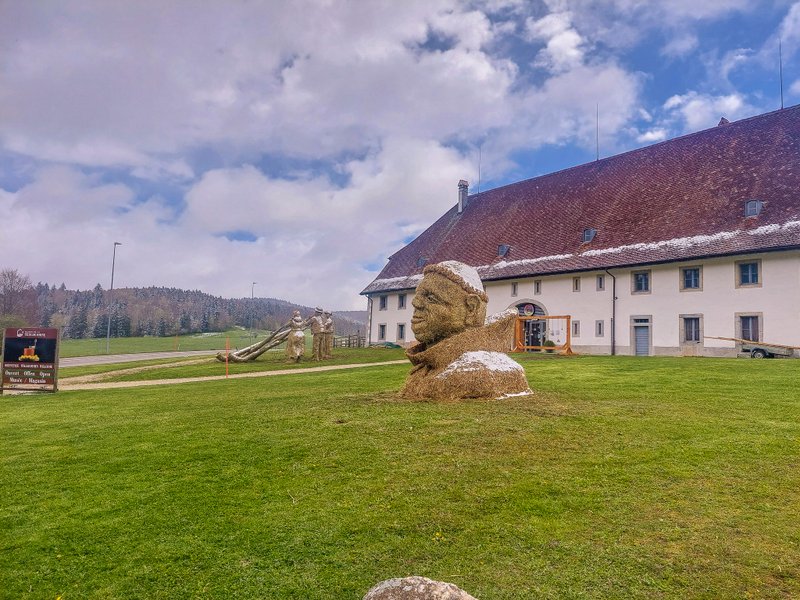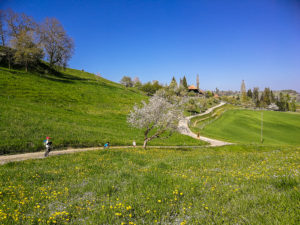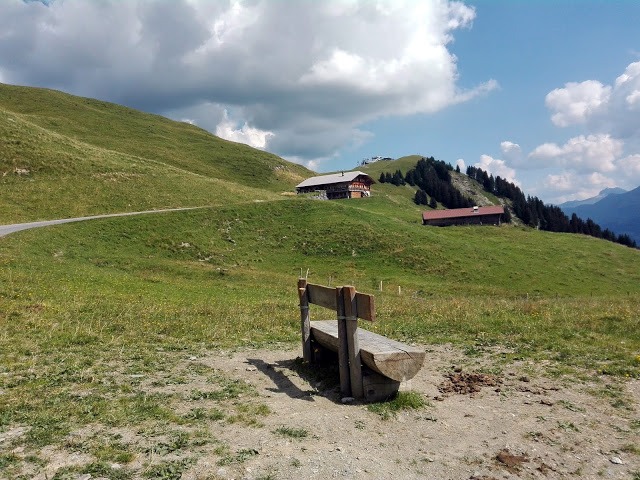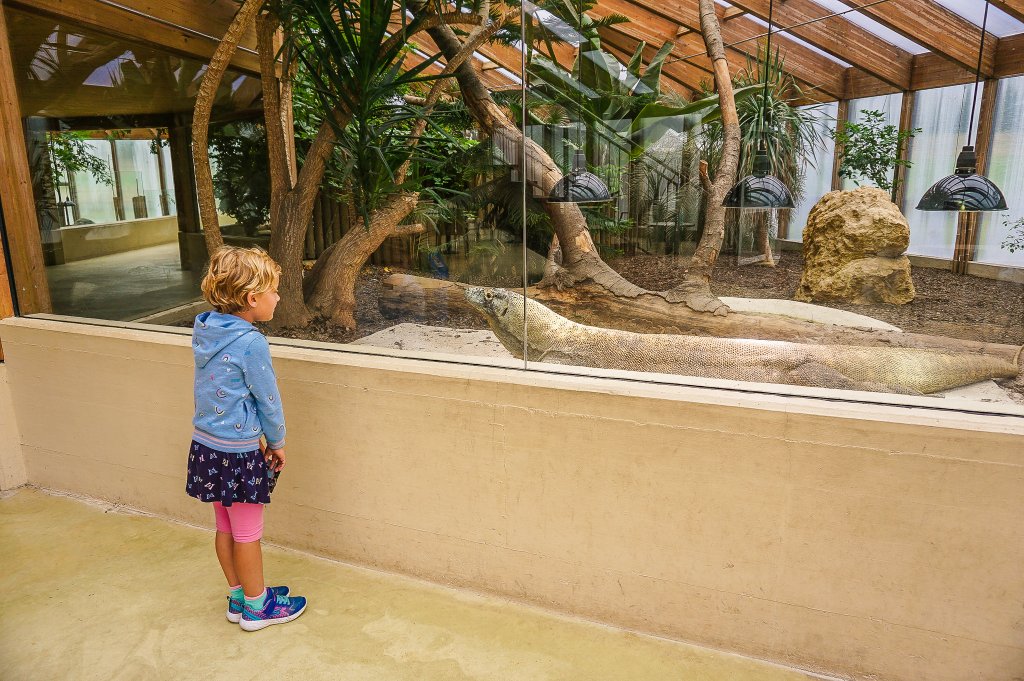Last Sunday, right after visiting the Chez Camille Bloch chocolate factory, we went to the nearby Bellelay museum dedicated to producing traditional Tête de Moine cheese. If the name doesn’t ring a bell, you’ll recall from the shops the strange form of the cheese, which is sold “draped” in cute little rosettes. Did you know these rosettes are cut using a special slicer, but it has only recently been invented? And does the translation of the cheese’s name mean ‘monk’s head’? You can find out why in this article.
How to get there
Maison de la Tête de Moine is located at Le Domaine 1, Bellelay, 2713 Saicourt, in the French-speaking part of the Canton of Bern called the Berner Jura. It takes about an hour to get here by car from Bern. The historic building is almost opposite the vast Bellelay Abbey.
Opening hours and admissions fees
You enter the museum through the cheese shop and pay at the counter. It is open from February to December, Wednesday through Sunday, from 10 am to 6 pm.
Adults: CHF 6, children 13 – 17 years CHF 4, children under 12 are free.
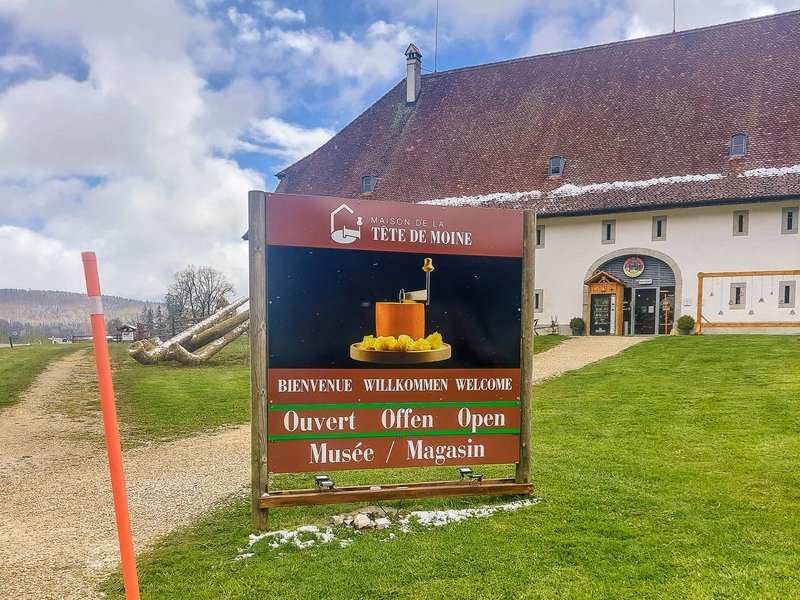
Museum
Historic cheese dairy
After paying the entrance fee, the staff will provide you with iPads where you can set your language—the choices are German, French, and English. You will then move to a room where a film will be shown with interesting footage of the current production of Tête de Moine cheese (also a choice of language). After watching the movie, you will move to the historic cheese-making room. This large room houses all the equipment necessary for cheese production in previous centuries.
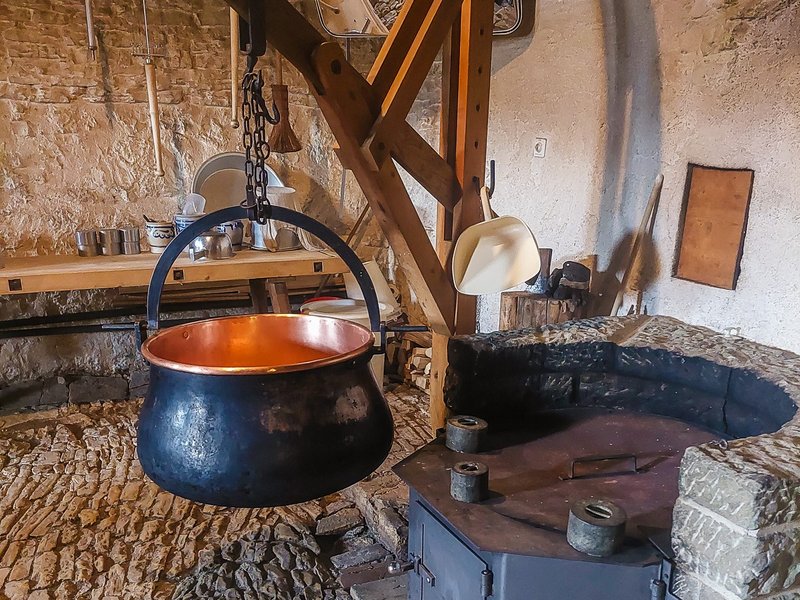
The history of Tête de Moine cheese
The name ‘Tête de Moine’ has been known since 1790, but its origins date back to the 12th century. The first references to the monks of the Bellelay monastery in connection with the production of Tête de Moine AOP cheese date back to 1192, a century before the Swiss Confederation was founded. At that time, the cheese produced in the monastery was used as a valuable currency to pay the monks’ annual rent for various plots of land, or it was also included in legal settlements when it was offered as a gift to the Bishops of Basel. In 1797, the monks were expelled from the monastery as a result of the French Revolution, but the production of Tête de Moine AOP cheese continued in cheese factories on nearby farms.*
There are two explanations for the origin of the name Tête de Moine, which translates literally from French as “monk’s head“. The name is first documented in the records of the Mont-Terrible department, founded by the French when they annexed the region during the French Revolution from 1793 to 1799. The first theory is that it was a derisory name given by the French occupying soldiers, who compared how the cheese was served to shaving the top of the skull to create a monk’s tonsure. The second explanation is based on legends from the Jura region concerning the number of cheeses stored in the monastery “per tonsure” or per capita.*
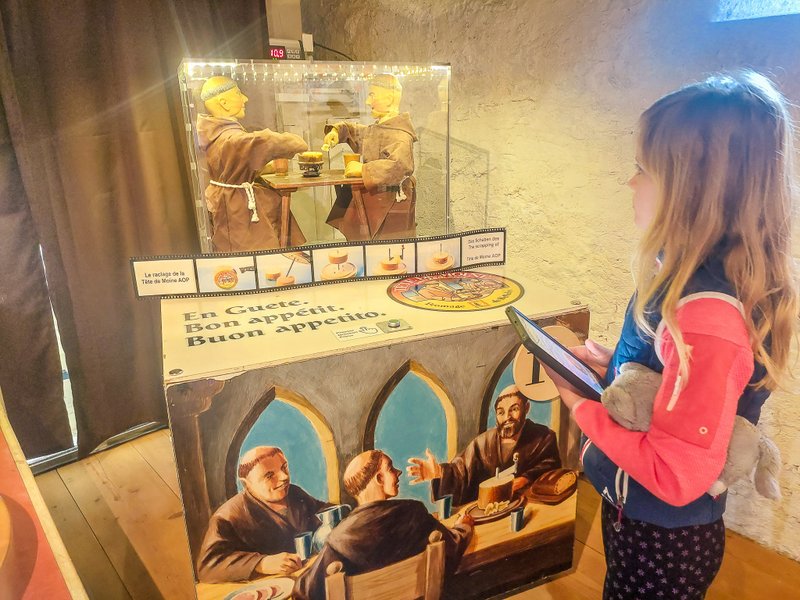
2nd floor of the museum
You will then move to the second floor, where the main part of the tour begins and where your iPad comes into play. But it’s not like you walk through the exhibit without taking your eyes off the display. Quite the opposite – the “theoretical” information is supplemented by interactive stations where you can, for example, try to guess different scents.
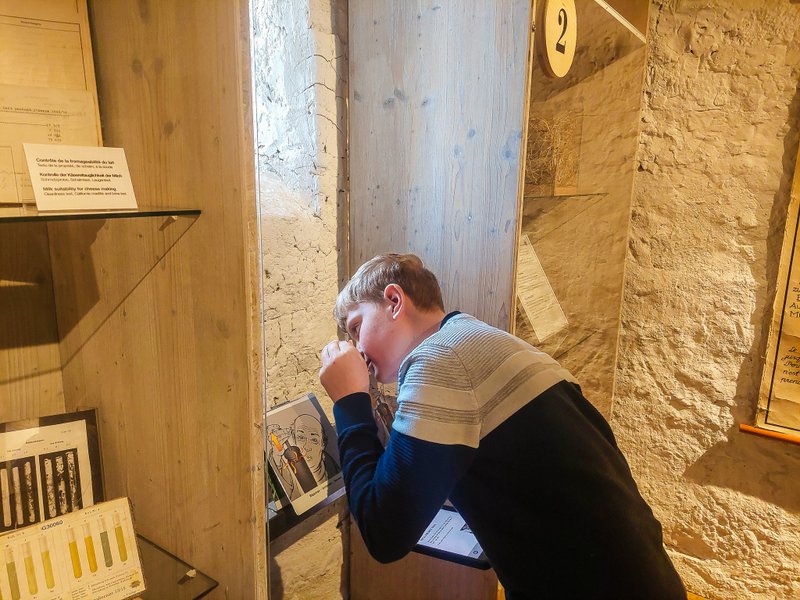
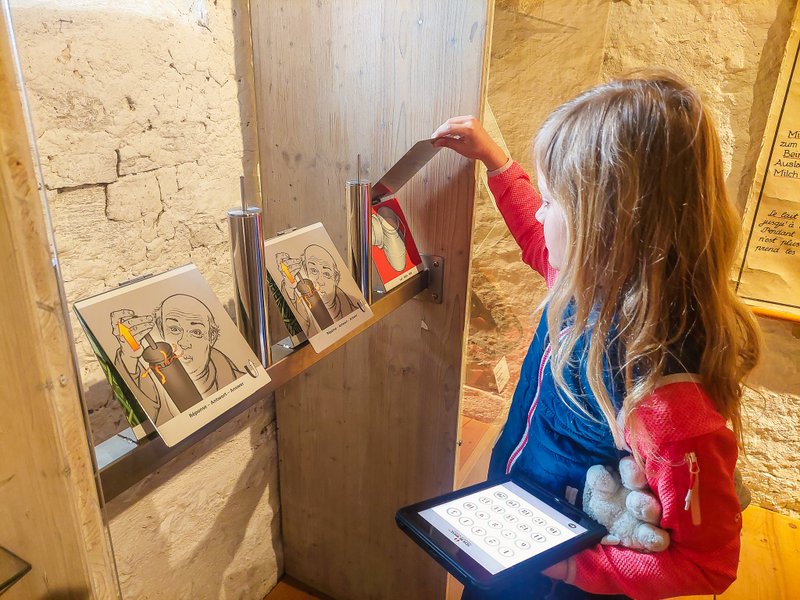
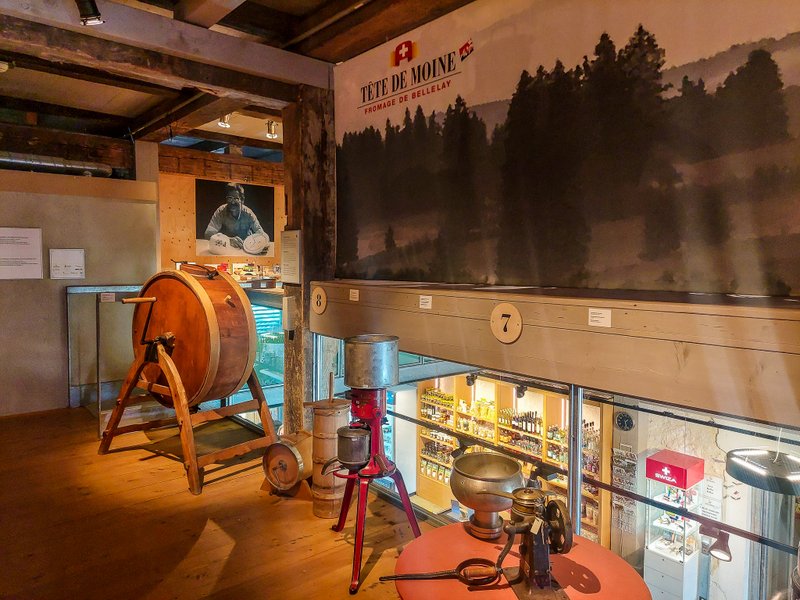
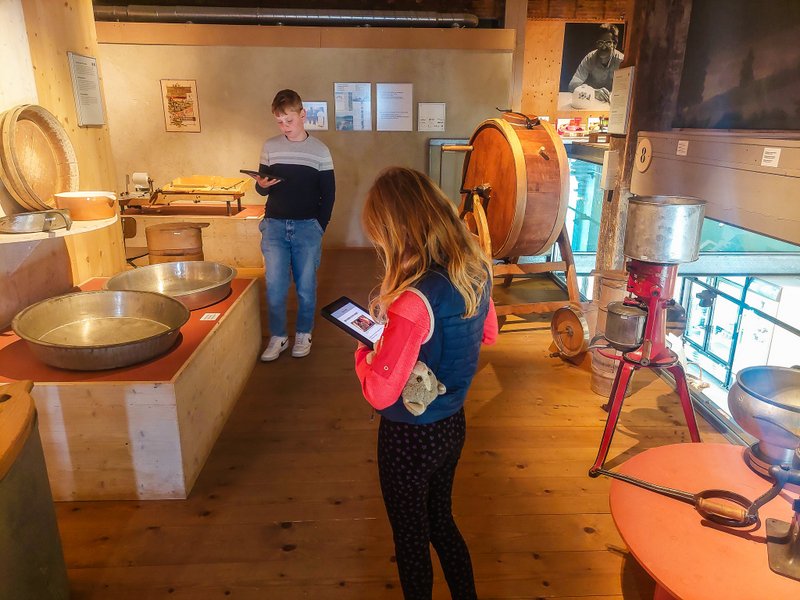
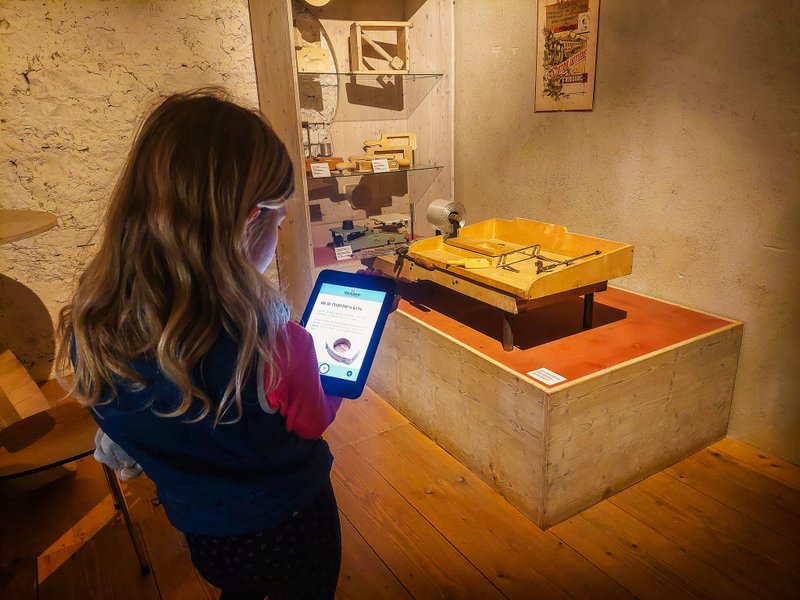
The collection of Girolles®
Nicolas Crevoisier, a precision mechanic by profession from the region, invented the device for slicing perfect rosettes of Tête de Moine AOP cheese in 1982, in the midst of the watchmaking crisis. In the museum, you will see a collection of the famous Girolles®, a bit like a guillotine, gently scraping the cheese from the top of the typically cylindrical loaf. You may ask, how was cheese sliced until the Girolles® were released? It was scraped from the top with a knife.
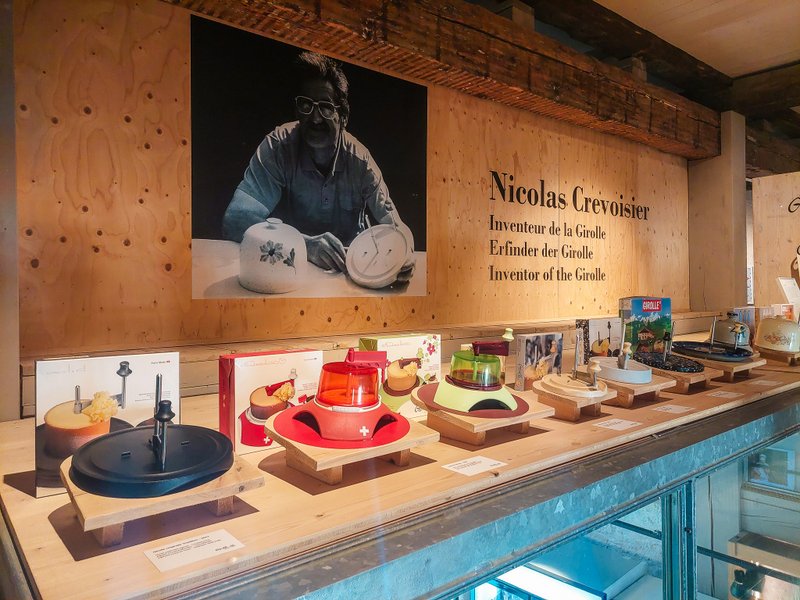
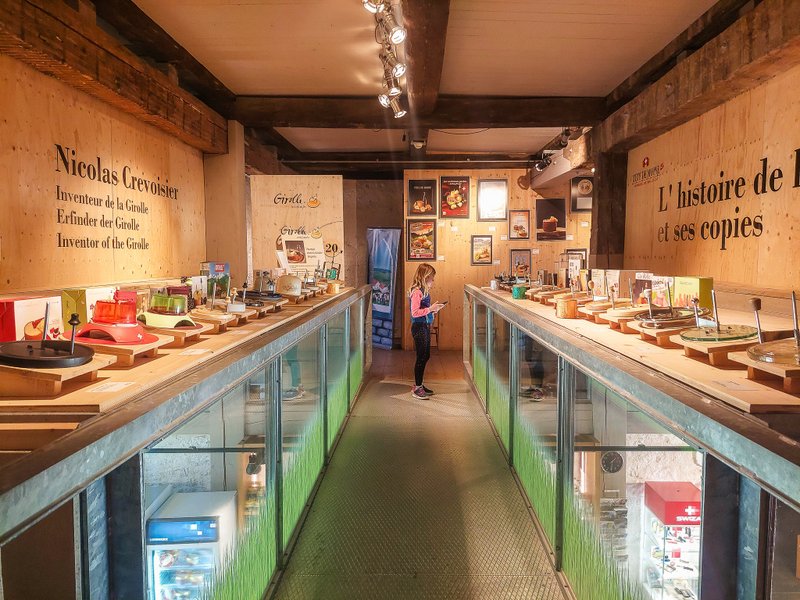
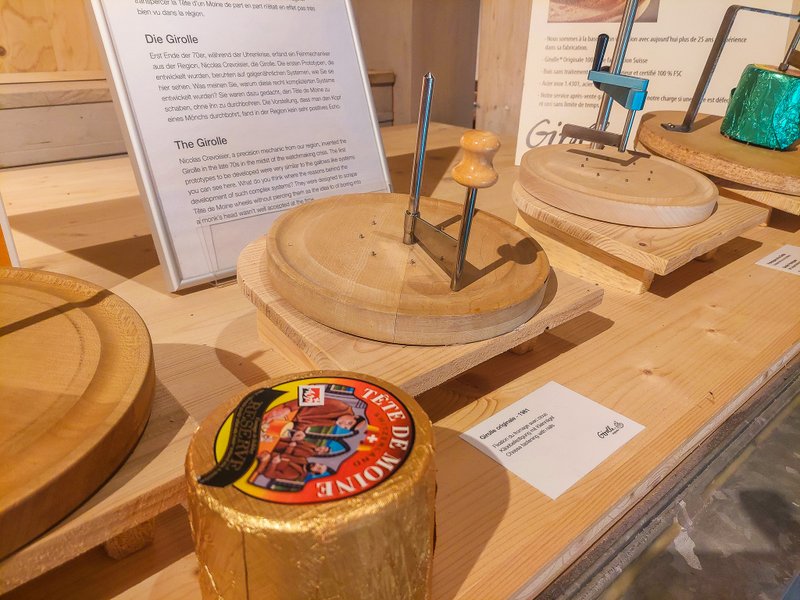
For younger children, there is also a corner in the exhibition where they can use crayons to color in coloring books or play a board game.
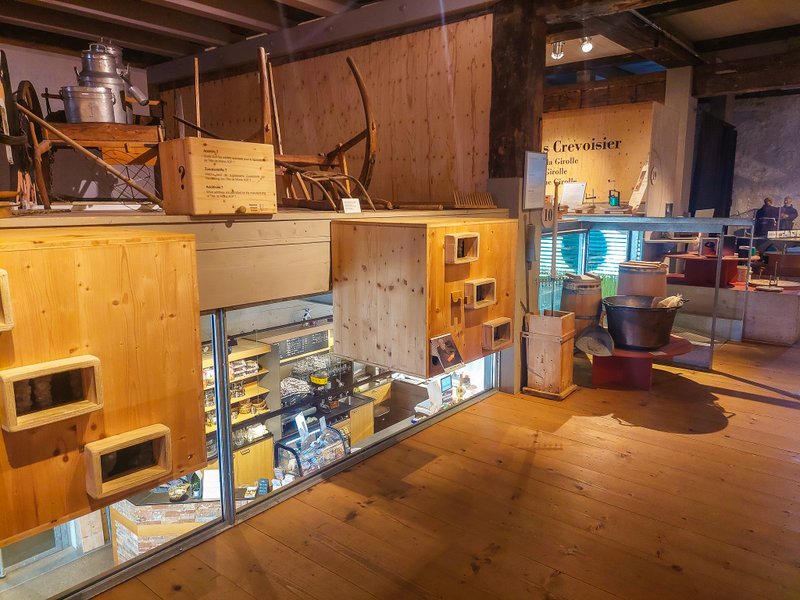
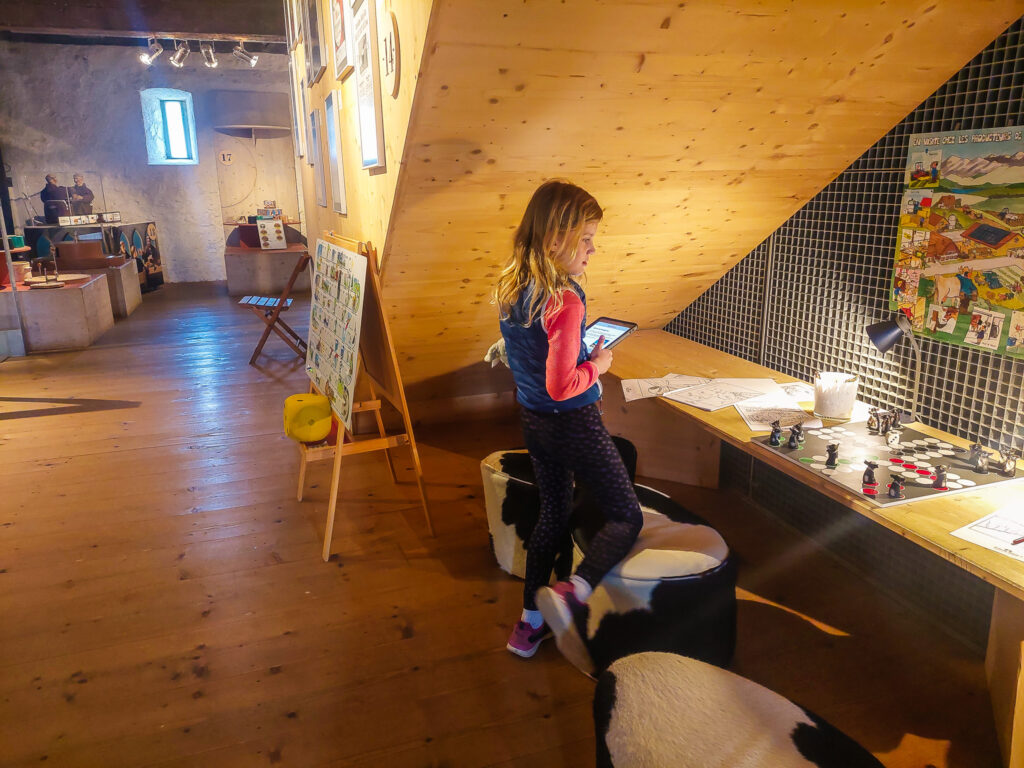
At the end of the tour, you can taste cheeses of different maturity downstairs at the counter. If you like the cheese, you can buy any cheese you like. The shop also sells a traditional Girolle® slicer and lots of local specialties from local producers.
